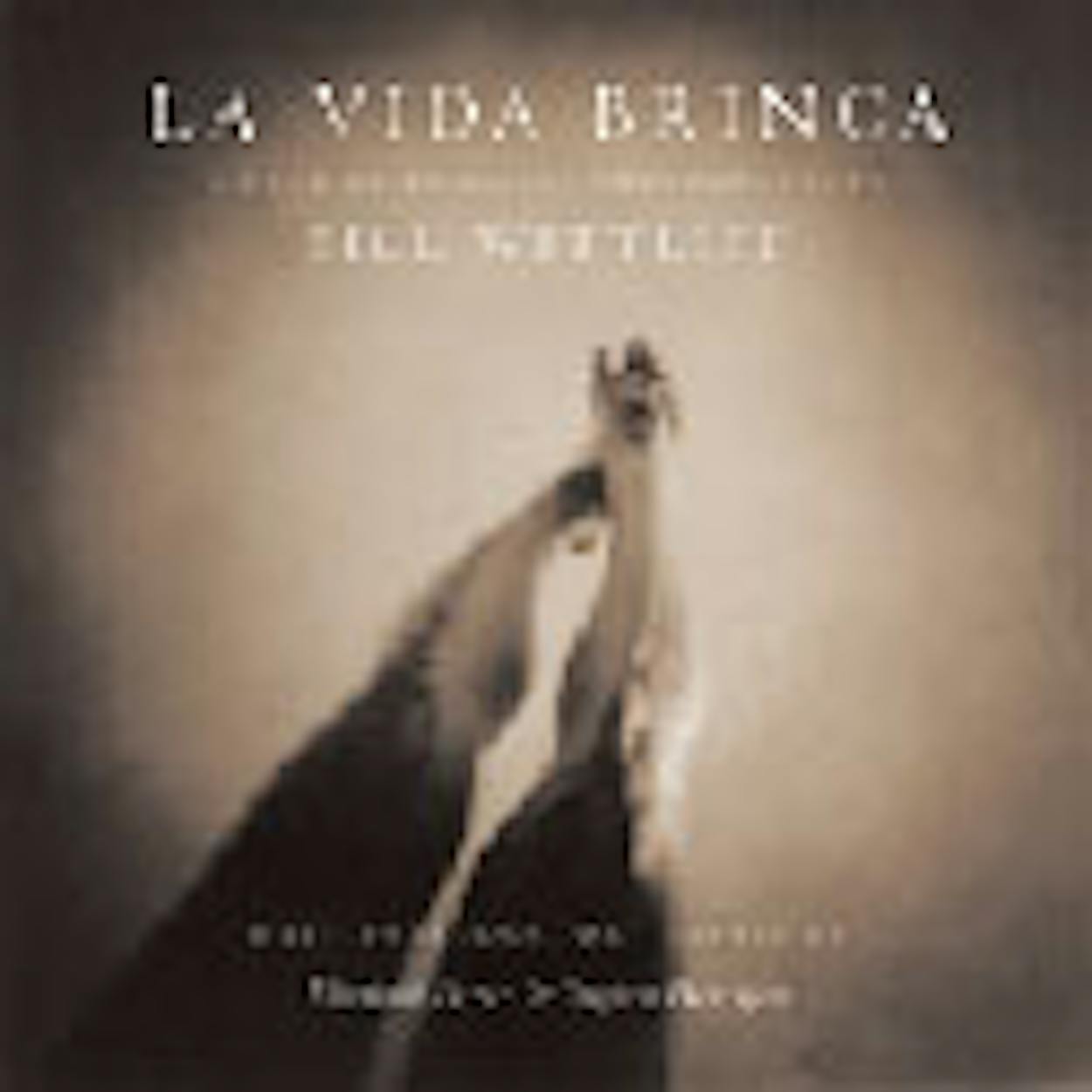If simplicity can be the hallmark of genius, BILL WITTLIFF earns a gold seal for the sepia-toned photos in La Vida Brinca (“Life Jumps”). The Austinite, who is probably better known as the screenwriter of Lonesome Dove and The Perfect Storm than as a photographer, has turned a decade-long fascination with pinhole cameras—which he builds from such common items as shoe boxes or deconstructs from more-sophisticated equipment—into a gorgeous study of Mexican life. The pictures, created by light filtering through a tiny, lensless hole onto photosensitive paper, are defiantly low-resolution, but the soft-focus edges and occasionally mysterious scenes give the viewer permission to impose his own interpretation, making the images—of fiestas, bullfights, and religious rituals—remarkably accessible. Wittliff has dubbed his cameras tragaluces (“light swallowers”), the conceit being, one supposes, that the primitive devices are simply receivers, not manipulators, of the subject matter. Does removing the technology filter allow unsuspected spiritual and mystical elements to slip into these archaic boxes and imprint themselves on film? Consider the evidence.
Book Review
La Vida Brinca







